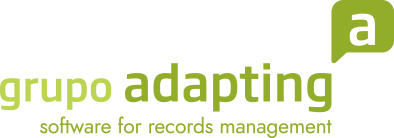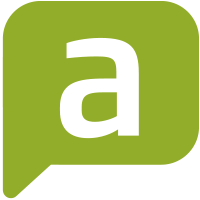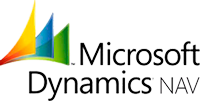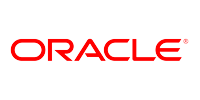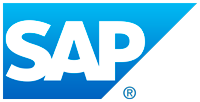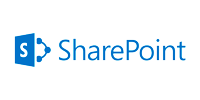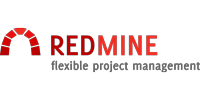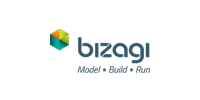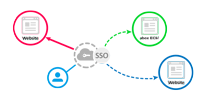STRENGTHS
INTEROPERABILITY – INTEGRATION WITH OTHER SYSTEMS
abox ECM offers numerous integration options with other business management systems. It is possible to integrate document management software with ERP, CRM, BPM, collaboration applications, etc.
These are some of the functionalities that the integrations of abox ECM with other systems make possible:
- enables the generation of electronic invoices in abox document from the registration of the invoice in Navision with a ‘click’.
- Registration of documents and automated files in abox from ERP
- performs document searches from Navision on abox ECM
- improves the management of documents related or referenced in the ERP
- unifies customer management in both systems, i.e. a customer registered or modified in the ERP is automatically registered or modified in abox
- is produced thanks to a ‘webservices’ connector adjustable by the implementing partner.
- Oracle ERP data query for its registration in abox (e.g. currency coding or exchange rates in invoice registration)
- transfer of invoice data managed in abox, so that they are registered through the corresponding ERP insertion point
- consolidation of the data stored in both platforms, so that a fiscal closing can be carried out comparing the fiscal data of invoices registered in the ERP and in abox.
This is the most common mode of integration. Remember that abox can first generate, then manage and distribute to end customers, partners or suppliers certain information from the ERP in the form of documents, without the need for them to have access licenses to the ERP and without compromising security.
- Call from SAP using a hyperlink to display the document associated with a transaction or process (e.g. signed delivery note)
- Call from SAP to register a document with or without an attachment, when you start a certain processing process (e.g. a purchase order or a complaint)
- Call from SAP to incorporate data into a document and, on occasion, send it to the appropriate customer or vendor
- Call from SAP to send the posting data of an invoice or delivery note and assign a posting date (this is required for tax closings in certified digitalization)
- Call from SAP to send information to generate, store, publish, and sometimes send a report to a user
- Call from SAP to digitally sign a document or send it in special formats (such as special XML invoice formats).
- Call to SAP after opening a new file in the document manager (new project, new client, new process, etc)
- Call to SAP after receiving an electronic invoice or on digitized paper to enter the economic data already reviewed and validated in the document manager
- Call SAP to check data contained in the document or its metadata
- Queries to SAP master tables to check valid codes and obtain data that are not available in the document manager.
- Visualization of Sharepoint folders and classification levels from abox document
- Consultation from abox ECM of the documents stored in Sharepoint
- Repository sharing.
- Call to SAP after opening a new file in the document manager (new project, new client, new process, etc)
- Call to SAP after receiving an electronic invoice or on digitized paper to enter the economic data already reviewed and validated in the document manager
- Call SAP to check data contained in the document or its metadata
- Queries to SAP master tables to check valid codes and obtain data that are not available in the document manager.
Bizagi is a BPM freeware tool based on a platform called Bizagi BPM Suite. (www.bizagi.com) consisting of 3 tools: modeler, application builder and application engine for the entire organization.
The strong points of this suite are its usability for the design and implementation of workflows, its high capacity for integration with other applications of the company, its potential for mobility working on any modern device, as well as the use of standards that facilitates its maintenance and growth within companies.
Only a combination of SGEDA and BPM technologies can provide optimal results for organizations that need to systematize their processes by applying an appropriate document management policy.
Our recommendation is that certain business processes that are closely linked to document or file management are carried out through the SGEDA interface and that those more complex processes or procedures that involve collaboration between several employees, multiple results, approval or supervision levels, critical times, etc. are carried out through the BPM interface.
Therefore, a perfect interaction is required between the flows managed in the BPM and the status of the files that are being completed in the SGEDA from documents generated in the BPM or located directly in the SGEDA.
Within the framework of a joint effort in R+D+i, companies will Bizagi Colombia, SoftyDi and Adapting América, whose development laboratories are located in Colombia, we carried out in Bogota (Colombia) the experience of integrating Bizagi with abox, to demonstrate to potential clients of both companies the benefits that an integration of both platforms can bring.
- Image processing with specialised software (Kofax, Readsoft and Abbyy)
- Web-based gateway to upload captured documents and metadata to abox ECM automatically
- Automatic integration of the processed files with the OCR tools towards abox.
Abox is integrated by LDAP v.3 (Lightweight Directory Access Protocol) which is a protocol that allows access to a distributed directory service to search for information from users and organizations in a network environment.
The most common LDAP implementations with which Abox is integrated are: Active Directory (Microsoft), open LDAP and Oracle Internet Directory.
You can use specific strategies according to your needs, as they are:
- Consultation in several LDAP.
- Dual authentication against Abox and LDAP.
- Integration of roles, groups or passwords only.
- Use of secure, two-factor authentication services.


